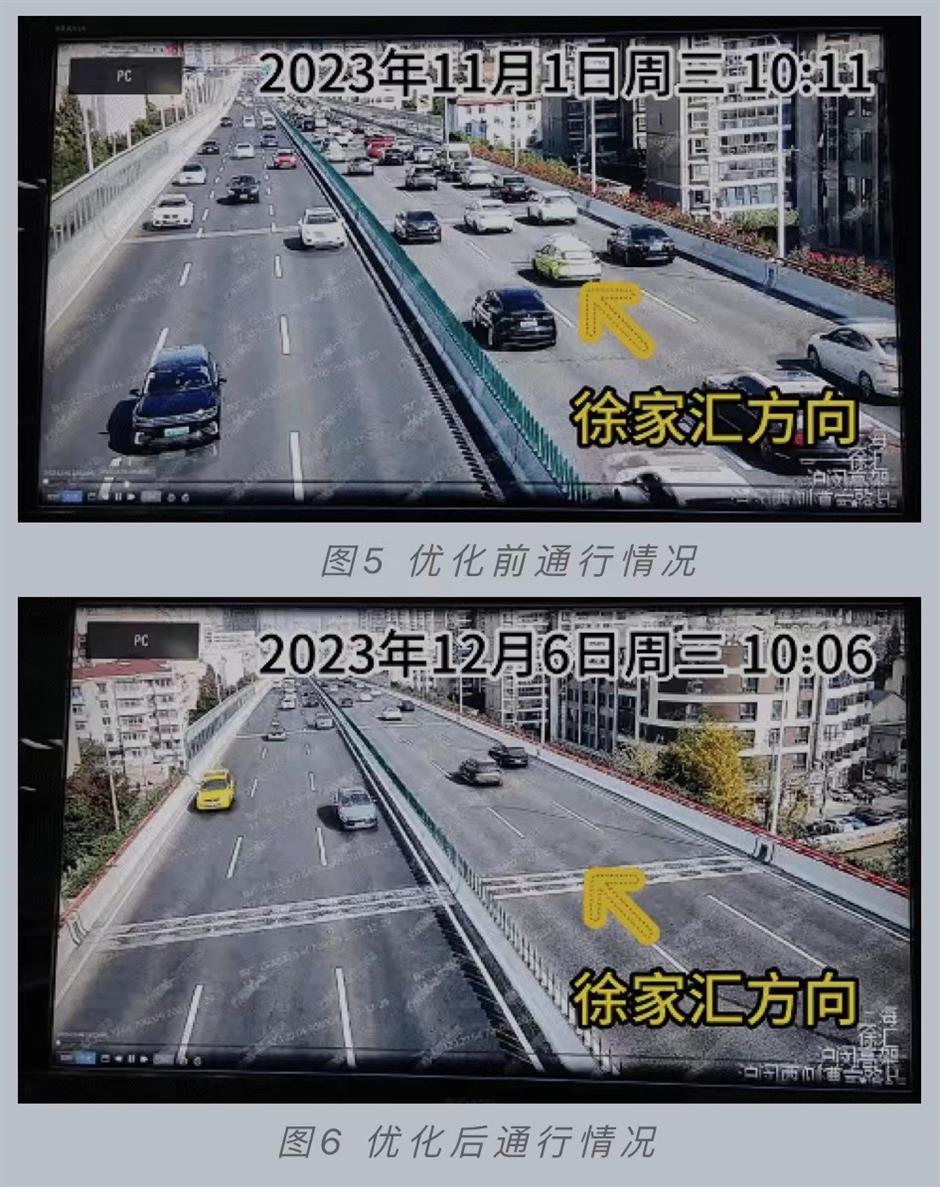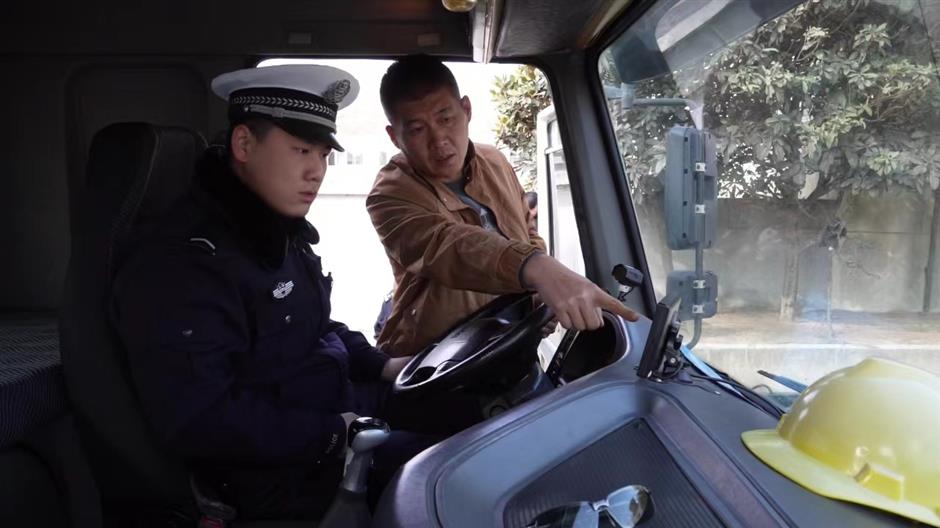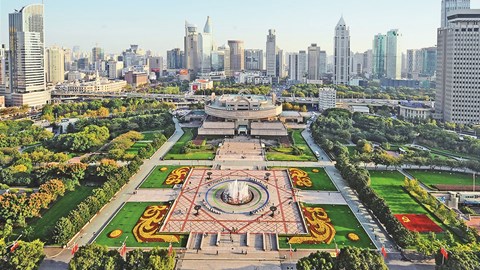Minor changes a major solution to traffic congestion
Shortening a solid line on an elevated road made an intersection less congested, with 10 percent more vehicles passing during morning rush hours than before, Ji Yingqiu, deputy head of the Shanghai Traffic Police, told a conference on Thursday.
Traffic congestion is a challenge for many international metropolises, including Shanghai. Last year, some "minor changes" were introduced by the police to tap into the potential of road traffic.
"The city's congestion index in 2023 during rush hours decreased by 6.64 percent year on year," she said.
The successful case Ji mentioned during conference is near the Humin Elevated Road's Longcao Road on-ramp, where many cars need to turn right.
In the past, the solid white line of the right-turn lane was too long, causing a large number of vehicles to queue, while the two lanes next to it were empty.
After research, data detection and computer simulation, the police shortened the line, increasing the space utilization of the ramp and providing drivers sufficient time to change lanes, Ji said.

Two images show the road conditions during the same period before and after shortening the solid white line near the Humin Elevated Road's Longcao Road on-ramp.
Other measures have also been implemented on the road, including adding road signs and increasing police presence during peak hours.
Ji said the average speed of vehicles on the section during off-peak hours had increased by 15 percent. Some drivers said that although there were still many vehicles, they would not be stuck in traffic and it was at least 10 minutes faster to drive than before.
She added that the police, working with the city's transportation commission, had managed more than 130 traffic congestion points and optimized traffic signal control for over 700 intersections.
To meet the demand for parking, 32 new on-street parking areas with about 650 spaces have been added, Ji said.
Meanwhile, last year, traffic police strengthened the management of traffic safety hazards in Shanghai.
"Shanghai is the only provincial-level region in China that has not experienced a traffic accident with three or more deaths during the past three years," Ji said.

A policeman checks a large vehicle in Shanghai.
Recently, there's also been a focus on some hidden problems, such as large vehicles that haven't had annual inspections and driving under fatigue. Currently, more than 5,800 cases have been examined and dealt with, said Xu Jin, an official with the city's traffic police.
These problems will also be under scrutiny with the upcoming Spring Festival travel rush, he said.
He added that during the period, traffic police will strengthen the investigation and punishment of drunk driving. In response to adverse weather conditions such as rain, snow and fog, the police will also implement corresponding measures for road safety.
Xu emphasized that drivers should check the condition of their vehicles before long-distance travel and not drive when feeling fatigued. After an accident occurs, it is necessary to quickly evacuate to a safe area before calling the police to prevent secondary accidents.















